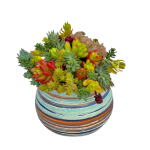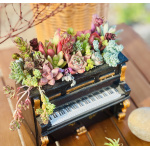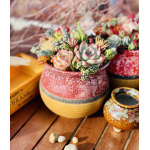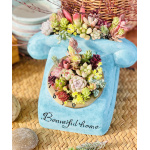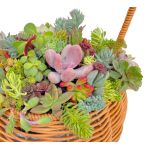Exploring the Beauty of Jade Plants: An Introduction
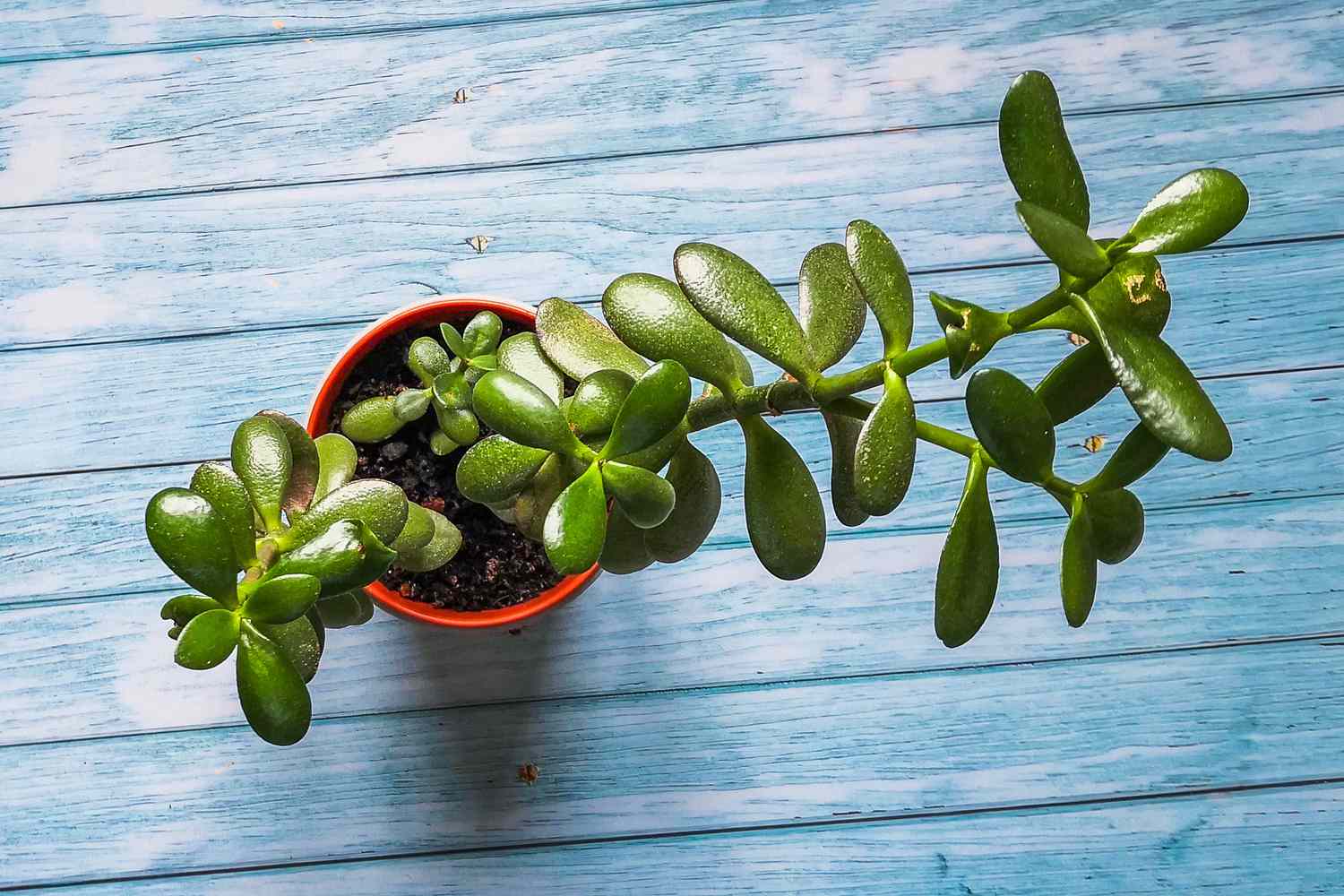
Introduction to Jade Plants:
Jade plants, scientifically known as Crassula ovata, are popular succulent houseplants prized for their attractive appearance, ease of care, and symbolic significance. Originating from the arid regions of South Africa, these resilient plants have become beloved additions to indoor gardens, offices, and homes around the world.
Distinctive Features and Growth Habits:
Jade plants are characterized by their thick, fleshy leaves and sturdy stems, which give them a tree-like appearance as they mature. The glossy, oval-shaped leaves range in color from deep green to jade-like shades, hence the common name "Jade Plant." Over time, Jade plants can develop a woody trunk and branch out, creating a striking bonsai-like silhouette.
Cultural Significance and Symbolism:
In many cultures, Jade plants are associated with good luck, prosperity, and wealth. They are often gifted to friends and family members as tokens of good fortune and are believed to invite positive energy into the home. In Feng Shui, Jade plants are considered auspicious symbols of growth and abundance, especially when placed in the southeast corner of a room.
Growing Conditions and Care:
Jade plants are relatively low-maintenance and thrive in bright, indirect light. They prefer well-draining soil and should be allowed to dry out between waterings to prevent root rot. In cooler climates, Jade plants can be grown outdoors in containers during the summer months but should be brought indoors before the first frost. Regular pruning and occasional fertilization can help promote healthy growth and maintain a compact, bushy shape.
Propagation and Repotting:
Jade plants are easy to propagate from stem cuttings or leaf cuttings, making them ideal for sharing with friends or expanding your collection. Stem cuttings can be rooted in moist soil or water, while leaf cuttings should be allowed to callus over before being placed in a well-draining potting mix. Repotting is typically only necessary every few years or when the plant outgrows its container.
Pests and Problems:
While Jade plants are relatively pest-resistant, they can occasionally be affected by mealybugs, spider mites, or scale insects. These pests can usually be controlled with insecticidal soap or neem oil. Overwatering is the most common problem encountered with Jade plants, leading to root rot and other issues. To avoid this, it's essential to allow the soil to dry out completely between waterings and ensure adequate drainage.
Conclusion:
Jade plants are not only beautiful additions to indoor spaces but also symbols of luck, prosperity, and positive energy. With their glossy leaves, tree-like growth habit, and easy care requirements, Jade plants are perfect for both novice and experienced gardeners alike. By providing the right growing conditions and a little TLC, you can enjoy the beauty and benefits of Jade plants for years to come.
- Hits: 40
